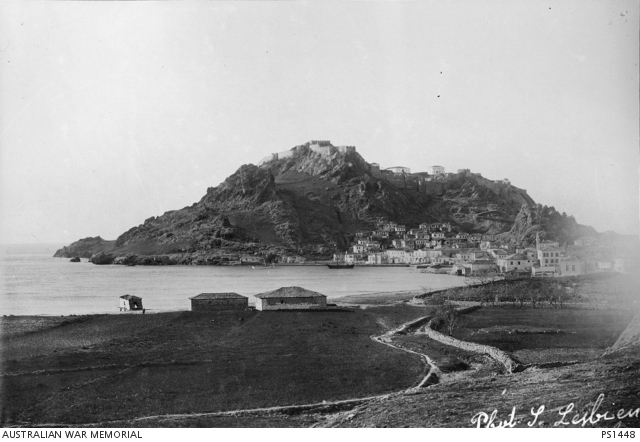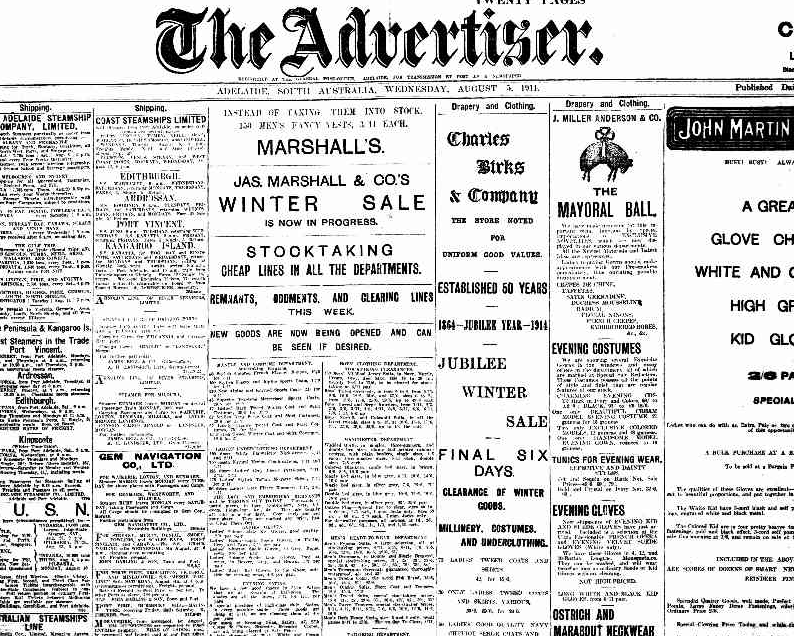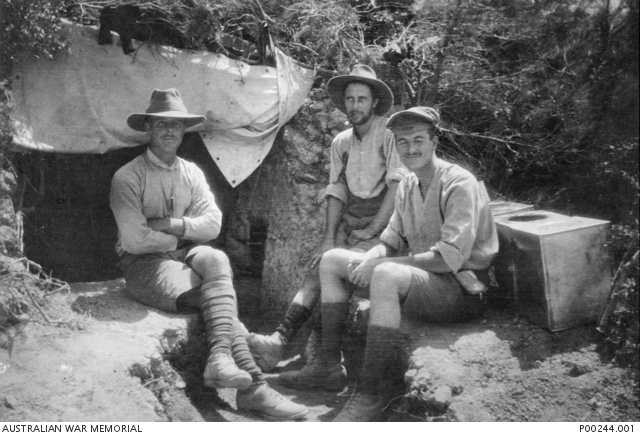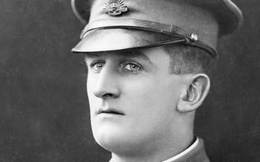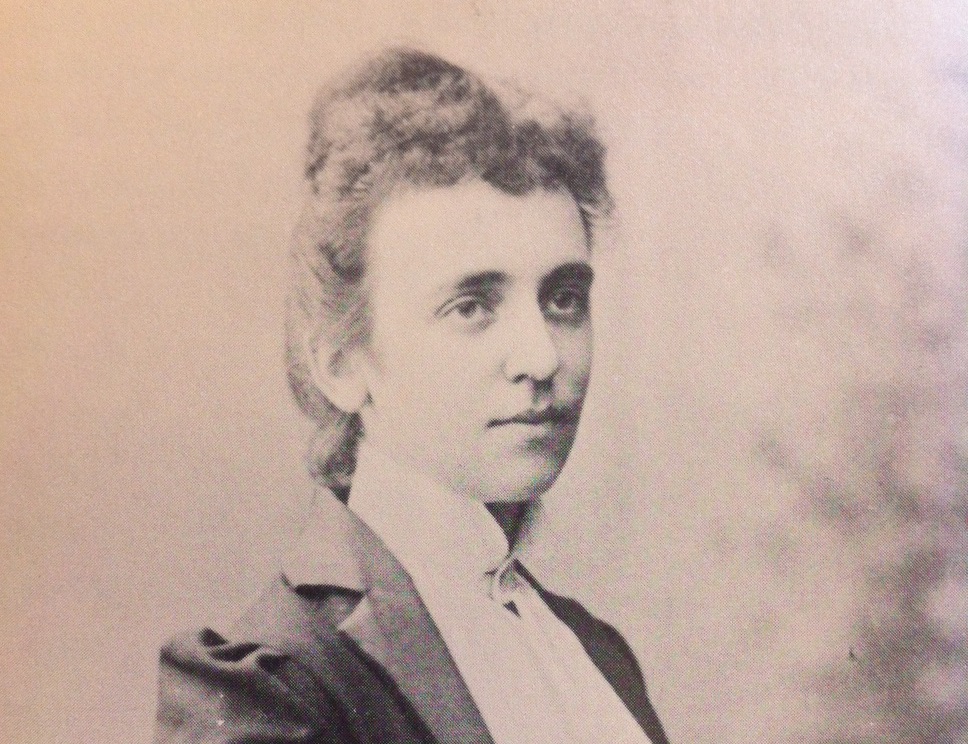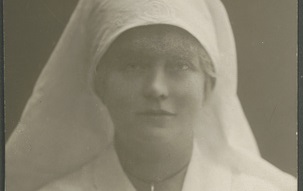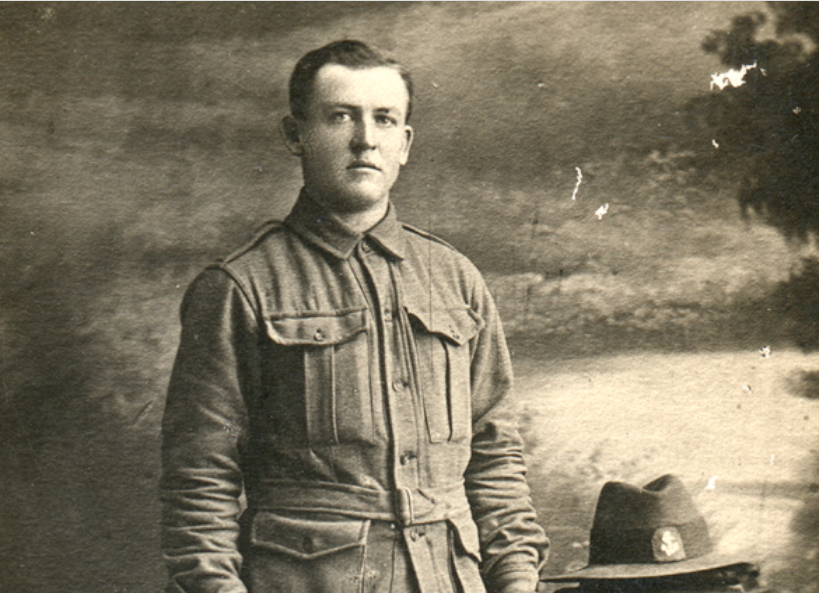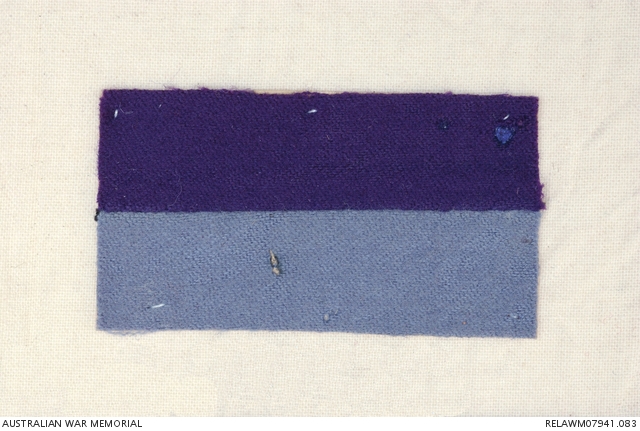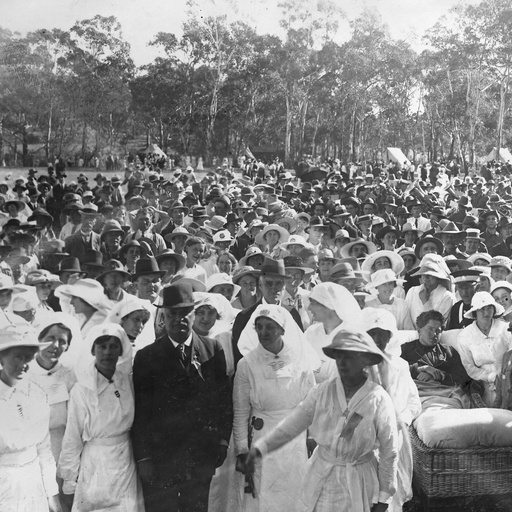December, 1915
The remaining Allied troops were all withdrawn from the Dardanelles during December 1915, with the exception of a small force at Cape Helles, who remained there until early January. In total, more than 46,000 Allied lives were lost. Of these, 7825 were Australian.
THE WITHDRAWAL FROM GALLIPOLI
The success of the troop withdrawal from Anzac and Suvla Bay is legendary. Despite predictions that up to 30-40% may be lost, the departure of the Allied forces was close to incident free.
The final decision for the withdrawal was supported by the atrocious weather conditions in November, which made conditions almost intolerable. The situation was made worse by the fact that Bulgaria had joined the war on the side of the Germans, making it possible for the Germans to reinforce the Ottoman forces by rail.
By 8 December troop numbers had been reduced from close to 42,000 to around 36,000 and over the following 10 nights another 16,000 were withdrawn.
Out of combat areas, most Australian soldiers were able to enjoy some Christmas cheer with billies full of comforts sent from home by various charities.
NEWS FROM OUR SOLDIER CORRESPONDENTS
Of our correspondents, James Churchill-Smith (with the 10th Battalion) left Gallipoli in late November and spent most of the month on Lemnos playing sports, drilling and parading, exploring the Greek island, dining with nurses and dreaming of home. He left Lemnos on 27 December and arrived back in Egypt two days later.
Leo Terrell, on the other hand, was one of the last to leave. As an engineer with the Royal Australian Naval Bridging Train, it was one of his responsibilities to assist with the erection of the infrastructure required for evacuation, including a pier that was constructed on 16 December. On 17 December, he joined the exodus himself. He spent the rest of the month on Lemnos exploring and drilling. Not only did Leo celebrate Christmas during the month, it was also Clara’s birthday and his own. These events, it seems, didn’t improve his mood or his level of satisfaction with life in the army.
December finally brings us news of Lou Avery. Nothing was recorded in his diary after his evacuation to Egypt in September. Happily, we discover he is recovering, albeit slowly.
NEWS FROM GERMANY
Meanwhile, Ethel Cooper’s letters explain that she has been asked to help with the distribution of Red Cross parcels to the English (and Australian) prisoners. She also received the happy news that her friend Sandor has been assigned to military office work rather than being drafted into the army. This must have been a huge relief to her.
DECEMBER IN SOUTH AUSTRALIA
We don’t have a poem from Alexandrine Seager this month – instead we have included two letters to the Editor of The Advertiser. The Cheer-Up Society held its annual general meeting during the month and a decision to make payments to two of the organisers provoked one supporter to withdraw their contributions and complain in the newspaper. However, supporters were quick to respond in Mrs Seager’s defence. Indeed, the links between the Cheer-Up Society and the ‘boys in khaki’ is also demonstrated by the fact that it was at the Cheer-Up Hut on 8 December that the Returned Soldiers’ Association (which later became the Returned Services League – the RSL) was formed.
Throughout the Commonwealth, recruitment and conscription were hot topics. In Adelaide on 21 December, there was a large meeting of women at the Town Hall, appealing to women to encourage men to enlist.
South Australia’s share of the 50,000 additional troops promised by Prime Minister Billy Hughes was 4200, plus reinforcements. As more wounded returned home, almost 1000 trees were sent from Australia to Egypt to be planted on the graves of those who had lost their lives.
In other news, The Advertiser continued to run stories relating to the implementation of the legislation mandating early closing of bars – the Adelaide Club was a notable exception! 45 new shops were opened on the eastern side of the Central Market and plans to enlarge the Museum were announced.
Although the Government decided not to send Christmas cards in 1915 to save money, looking at the newspapers shows that Christmas was still big news and big business. The withdrawal from the Dardanelles was reported in the newspaper only days after it took place, but Australians didn’t know where their ‘boys’ would be sent next. No doubt as they prepared to wish each other a ‘Happy New Year’, there was a certain heaviness of heart.


